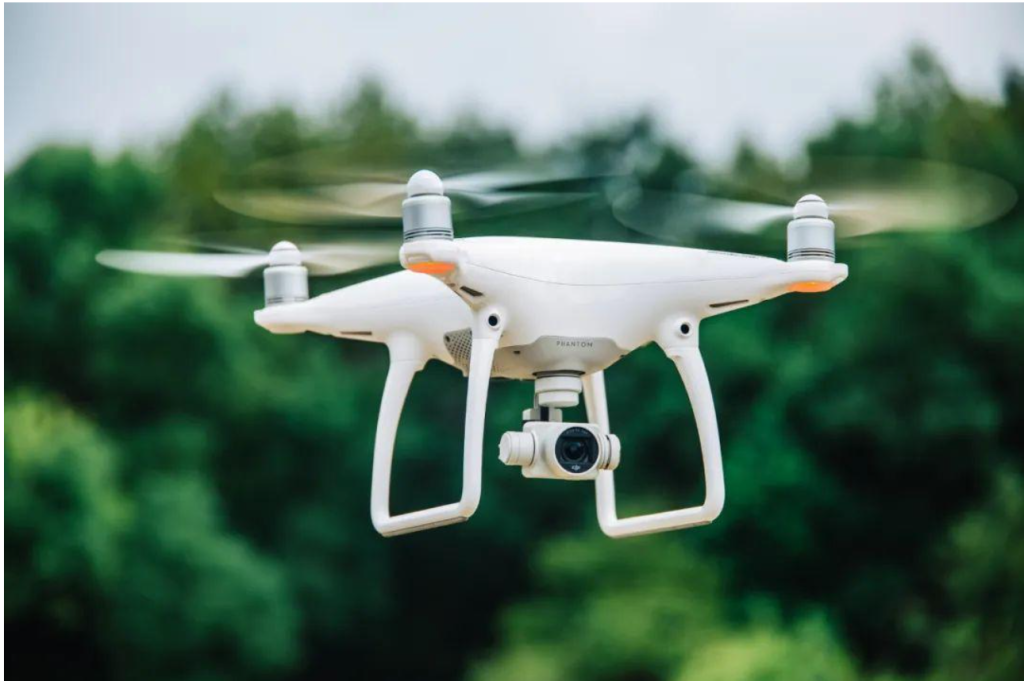Integration of Drone Delivery and the Low-Altitude Economy: A Revolutionary Shift in Logistics
As the low-altitude economy continues to expand, drone delivery is emerging as a groundbreaking innovation in logistics. From food delivery and parcel shipping to emergency medical supply transport, drones are reshaping traditional delivery methods, improving efficiency, reducing costs, and driving sustainable development. Advanced materials like graphene are playing a crucial role in overcoming the limitations of drone technology by enhancing battery life, structural strength, and lightweight design, making them more adaptable to the evolving low-altitude economy.

This article explores the integration of drone delivery into the low-altitude economy, analyzing technological advancements, regulatory changes, business models, and the significant impact of graphene materials on industry transformation.
1. The Rise of the Low-Altitude Economy and Drone Delivery
What Is the Low-Altitude Economy?
The low-altitude economy refers to economic activities taking place within 1,000 meters (3,280 feet) above ground level, encompassing drone logistics, urban air mobility (UAM), aerial tourism, security surveillance, and more. Governments worldwide are actively promoting the low-altitude economy by optimizing airspace management, improving urban logistics efficiency, and fostering industry growth.
The Emergence of Drone Delivery
Drone delivery has become a pivotal component of the low-altitude economy, with multiple countries and regions adopting commercial drone operations, such as:
✅ China: Companies like JD.com, Meituan, and SF Express have initiated drone delivery services in select cities.
✅ United States: Amazon, UPS, and Wing (a subsidiary of Alphabet) have launched drone-based delivery programs.
✅ Europe: Logistics giants such as DHL are testing drone technology to enhance regional delivery efficiency.
Key Advantages of Drone Delivery
🚀 Speed: Drones bypass ground traffic congestion, significantly reducing delivery times.
💰 Cost Reduction: They minimize reliance on human labor and conventional transport methods, lowering operational costs.
🌍 Sustainability: Electric drones reduce carbon emissions, supporting eco-friendly logistics.
📦 Flexibility: Suitable for remote areas and emergency deliveries, such as medical supplies and disaster relief.
2. Technological Challenges in Drone Delivery and Graphene-Based Solutions
Despite its vast potential, drone delivery faces challenges such as limited battery life, payload capacity, wind resistance, and inadequate AI-driven navigation. Graphene technology is emerging as a game-changer in addressing these issues.
(1) Battery Life Constraints: Graphene Batteries for Extended Flight Time
Most commercial drones rely on lithium-ion batteries, which have limited energy density, restricting flight duration to 20-30 minutes. Graphene batteries offer higher energy density, faster charging speeds, and longer lifespan, significantly improving drone performance.
🔋 Advantages of Graphene Batteries:
✔ 30%-50% increase in energy density, extending drone flight times.
✔ 5x faster charging speeds, reducing downtime and improving efficiency.
✔ Enhanced safety: Graphene batteries are more resistant to high and low temperatures, making them ideal for diverse environments.
(2) Payload Limitations: Graphene Composites for Lightweight and Stronger Structures
Traditional drones primarily use carbon fiber or aluminum, which are lightweight but have structural limitations. Graphene-reinforced composites provide an optimal balance of strength and weight reduction, enabling drones to carry heavier payloads while consuming less power.
🚁 Benefits of Graphene Composites:
✔ 30% weight reduction, lowering energy consumption and increasing payload capacity.
✔ 200x strength improvement, enhancing wind resistance and flight stability.
✔ Greater durability, allowing drones to withstand harsh weather conditions.
(3) Smart Navigation Challenges: Graphene Sensors for Enhanced AI Control
For drone delivery to become mainstream, drones must be capable of autonomous navigation, obstacle avoidance, and environmental adaptation. Graphene-based sensors offer unparalleled sensitivity and speed, improving altitude monitoring, wind detection, and real-time data analysis.
🧠 Advantages of Graphene Smart Sensors:
✔ Faster data collection, enabling real-time environmental sensing and adaptation.
✔ Lower energy consumption, optimizing AI-driven autonomous flight systems.
✔ Enhanced precision, refining delivery routes and flight stability.
3. Government Policies Supporting Drone Delivery in the Low-Altitude Economy
Governments worldwide are actively shaping regulations to support the expansion of drone delivery services, ensuring safety, efficiency, and seamless airspace integration.
📌 China:
- Opened low-altitude airspace in several cities to facilitate commercial drone logistics.
- Introduced “Interim Regulations on Civil Unmanned Aerial Vehicle Flight Management” to standardize drone operations.
- Established low-altitude economic pilot zones to promote industry development.
📌 United States:
- The Federal Aviation Administration (FAA) has implemented Remote ID regulations for drone tracking.
- Approved commercial drone delivery programs like UPS Flight Forward.
📌 Europe:
- The European Union Aviation Safety Agency (EASA) has introduced U-space regulations to ensure safe drone integration into urban environments.
With favorable policies, technological innovations, and business model advancements, large-scale drone delivery will become increasingly viable.
4. Future Trends and Business Model Innovations in Drone Delivery
As the low-altitude economy matures, drone delivery will integrate cutting-edge technologies to expand its applications. Key future trends include:
🌍 Global Expansion: Widespread adoption of drone delivery beyond pilot programs into large-scale operations.
🤖 AI-Powered Automation: Enhanced machine learning capabilities for real-time flight planning, obstacle avoidance, and fleet coordination.
🔋 Graphene Batteries & Wireless Charging: Next-gen graphene energy solutions will boost endurance and enable continuous drone operations.
🏙 Smart City Infrastructure: Urban drone networks powered by 5G, IoT, and intelligent traffic management systems.
💰 Drone-as-a-Service (DaaS): Businesses will shift to on-demand drone logistics instead of owning fleets.
5. Conclusion: Graphene’s Role in Accelerating Drone Delivery within the Low-Altitude Economy
Drone delivery is rapidly becoming a cornerstone of the low-altitude economy, revolutionizing urban logistics with greater efficiency, cost savings, and sustainability. However, overcoming technical barriers remains crucial, and graphene technology is set to play a pivotal role in this transformation.
🚀 Graphene batteries will enhance drone endurance and streamline delivery operations.
🚁 Graphene composites will reduce weight and improve structural integrity.
📡 Graphene-based smart sensors will optimize autonomous flight and navigation accuracy.
With progressive policies, technological breakthroughs, and business model evolution, the low-altitude economy is on the verge of a major revolution, and drone delivery is poised to redefine urban logistics forever.
🚀 Want to learn more about how graphene is transforming the drone industry? Contact us today!

